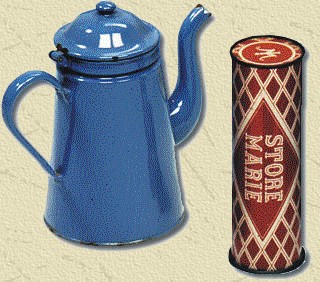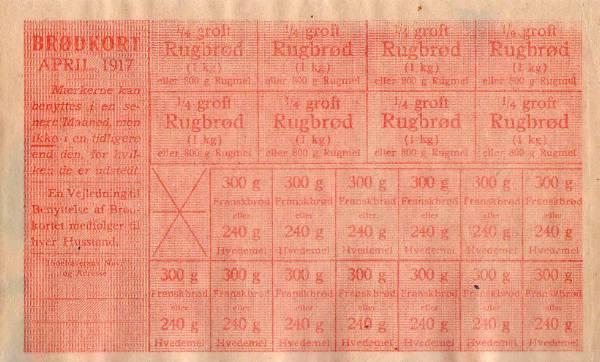Denmark in the past.

|
|
Denmark in the past. |
|
|
 |
|
|
At World War II, even before the war reached Denmark, the first ration card was released in October 1939. This card contained sugar coupons. As an agricultural society Denmark did not suffer like other countries during the war. But soon luxury articles like chocolate, coffee, tea and tobacco was not possible to get. Instead of coffee a substitute like Richs could be used, but later this was rationed too. During this war the same articles as in World War I were rationed. |
Of other articles can be mentioned: Baby clothes, petrol, fuel, generator fuel, salt, soda, soap, textiles, vitamin preparations etc. People counts on that there have been released about 3600 different ration cards during 1939-52. A lot of the ration cards were with several different coupons, so the total numbers of coupons are quite big. |
|
|
Card for drapery. |
|||
|
|